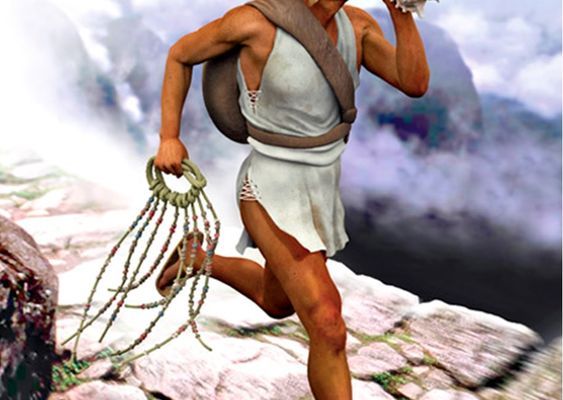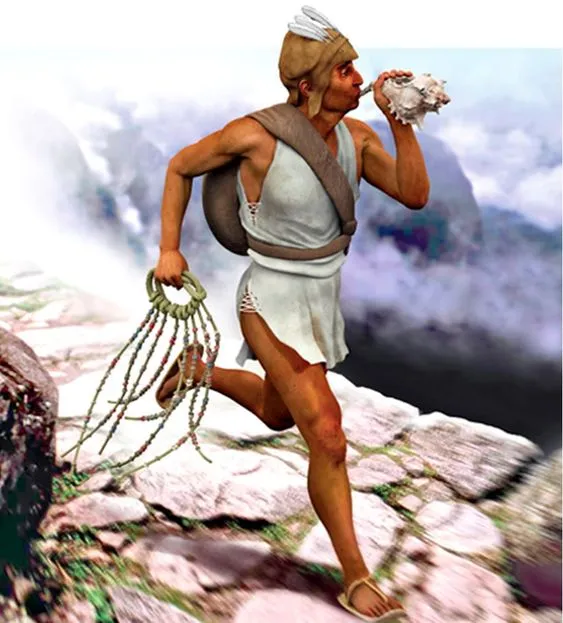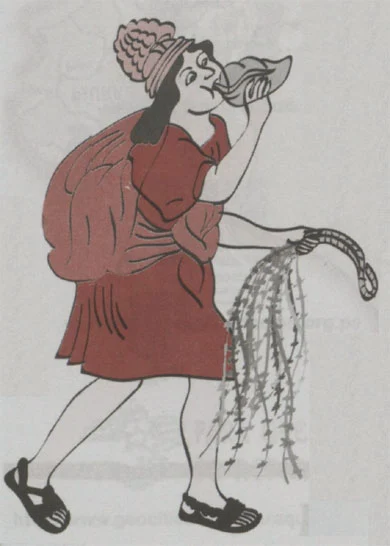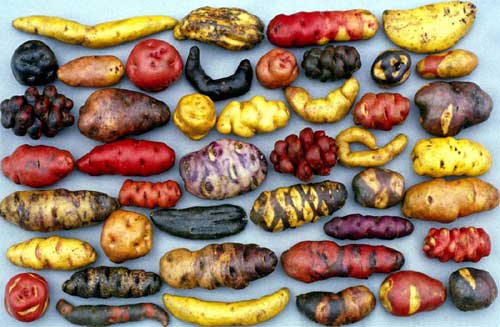During a dawn inside a tall and inhospitable Andean rainforest, just above the cloudline, one dark silhouette is steadily running. Ignoring the pain, a barefoot runner was running up the roads magically carved in the rocky slopes of the mountain, trying hard to remember a message intended for the Sun God – the Incan emperor who resides in the remote mountain tops where human ends, and godlike begins. He was well aware of the consequences if he forgets – death by throwing of the cliffs.
And thus we begin a story about elite Incan runners – Chasquis (eng. runner/s), bred exclusively for performance of a sacred messenger duty concerning the whole Incan realm which was spread all over the Andean spine, i.e., modern day Argentina, Chile, Bolivia, Peru and Ecuador.
„He is quick as a jaguar and gracious as a deer, enjoying in his duty“.
Let us see how one can become the chasqui runner and be exempted from any other tiring duty such as work in the fields, construction or mines. The kids who demonstrated an exceptional athletic capabilites had a luck to be chosen as candidates from the earliest age. If they successfully endured this gruesome lifestyle, they would become a highly respected community members which could even today represent the top of the running elite.
The horses are not native to the North and South America, and the Incas didn’t developed a written language, thus the only way to carry a message was to use humans power, which meant harsh running at the high altitudes with a lack of oxygen.
Paved roads and rope bridges of the Incas still endure the test of time, and once consisted of an incredible network of roads stretching about 40.000 kilometres. Every few kilometers there was a relay station – tambo, where message would be passed on to another runner. The archeologists suspect that this way the message could travel around 250 kilometers per day, by having in mind that the tambos and refreshment stations –chasquivacis, were located all along slopy and winding road network.
The chasquis were usually middle distance ruuners, but sometimes they would cover distances over 10 kilometres long in a one go. It was mandatory to carry a message as fast as possible across one of the most challenging terrains in the world, so quickness was of the utmost importance. Luckily, the Incans didn’t hold back on recrutation and maintenance of its runners, so the sheer numbers enabled unimpeded work of the messenger relay.
Our runner is not comfortable to run barefoot atop such cold pavement, even though he is always barefoot when not on his job. „I didn’t knew that this stone turns feet into an oat meal, so sandals from plant fibers are a must“.
In addition to a light dress that spreaded almost to the knees, the chasqui was equiped with a hollow sea shell – pututu, which served as a trumpet to announce his arrival to another runner. The crucial part of equipment was the kipu – system of knots of different sizes, color and styles, which represented a mathemathic information, such as number of inhabitants, food stocks or astronomical sightings. The chasquis knew how to read and interpret kipu as they used it as an auxiliary mean to memorise oral messages.
It was not rare to put a straw bag on a runners back which was loaded with sea food, jewelry or other treats destined for nobility or emperor. For their own safety, sometimes they carried slings or maces, even though there was a slight chance for the bandits to catch them. Additionally, a brutality of the Incan army almost certainly ensured a good amount of order on the roads.
„When the Sun shyly emerged above the mountain crown made from dark green tops, three times he sounded his shell as a sign to another runner to take on a relay. He ran 5 kilometeres which gave him not only a pleasure, but also a legitimacy to devour freshly prepared food“.
If we were able to take a peek into the small room in which the feasts for runners were organized, we could see that the main part consist of potatoes – there are over 1000 potato varieties grown at the Andes, of so many colors, textures and tastes. As the potato represents a complex source of CH which slowly releases sugar into a bloodstream and makes our energy level stable throughout the day, this is an ideal nutrient for running.
Quinoa, which is nowdays regarded as a superfood, could form a second part of the meal, and it would be a shame not to give him some meat, vegetables and fruits. He deserved it!
Literature:



